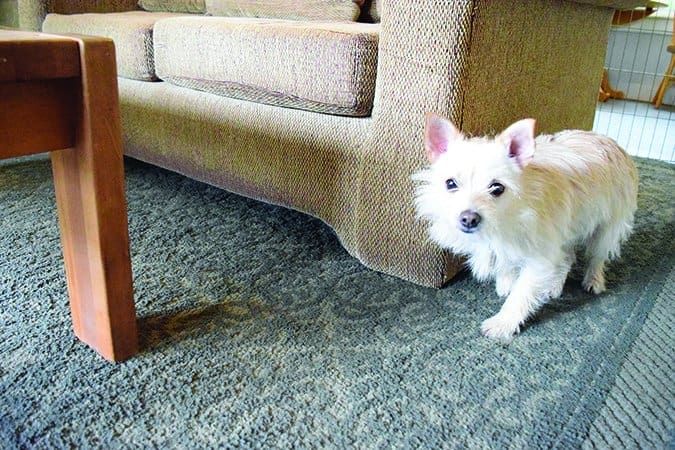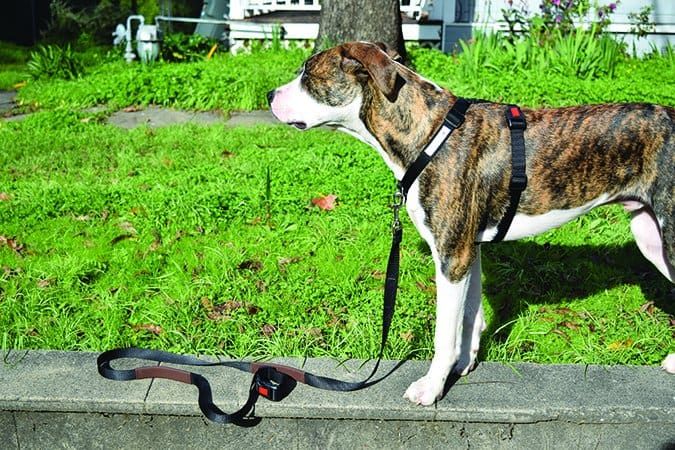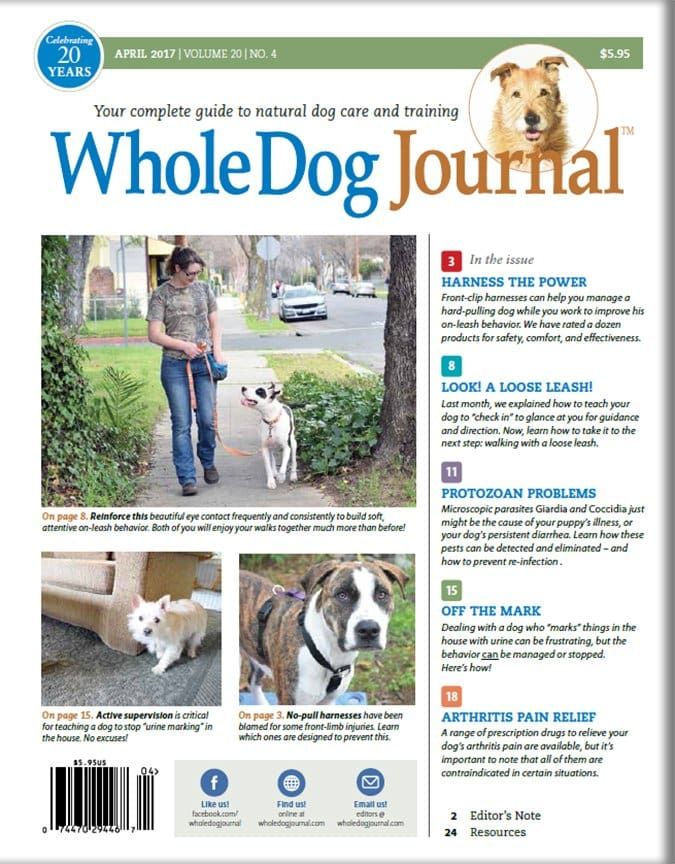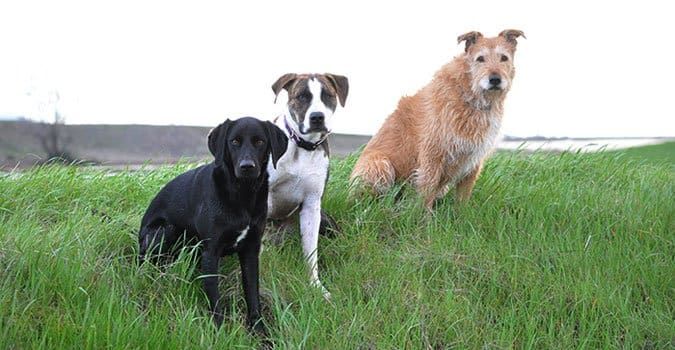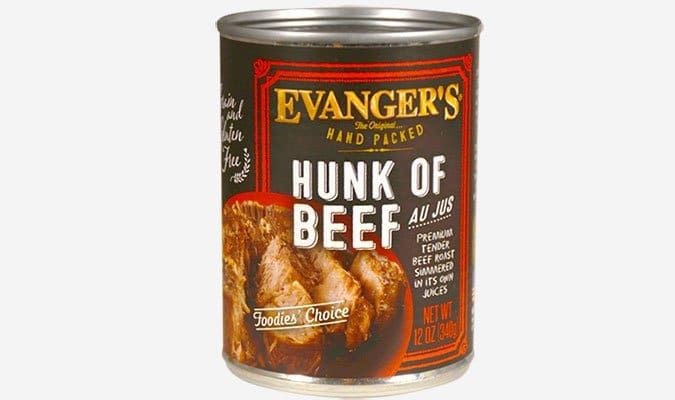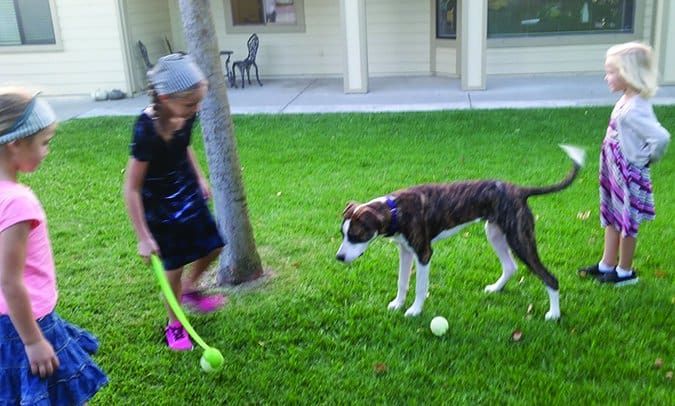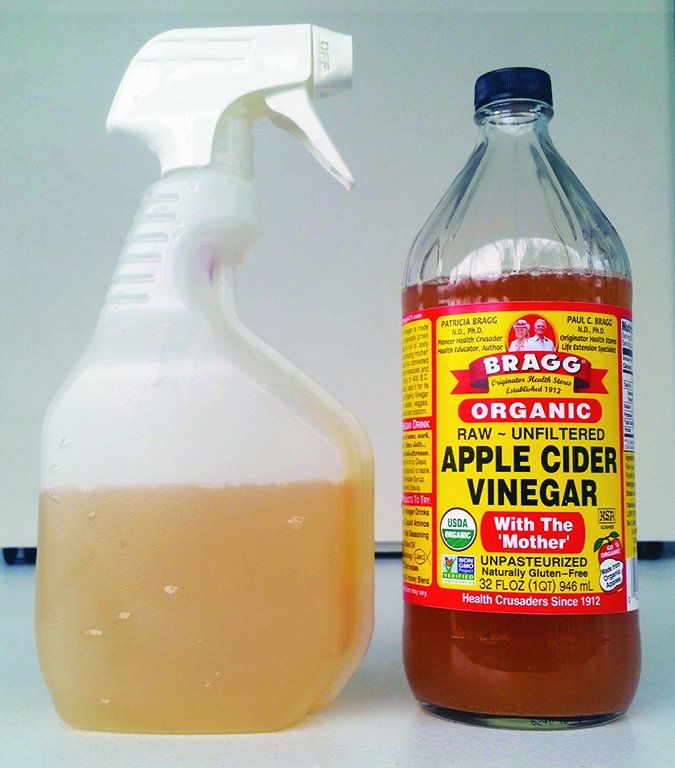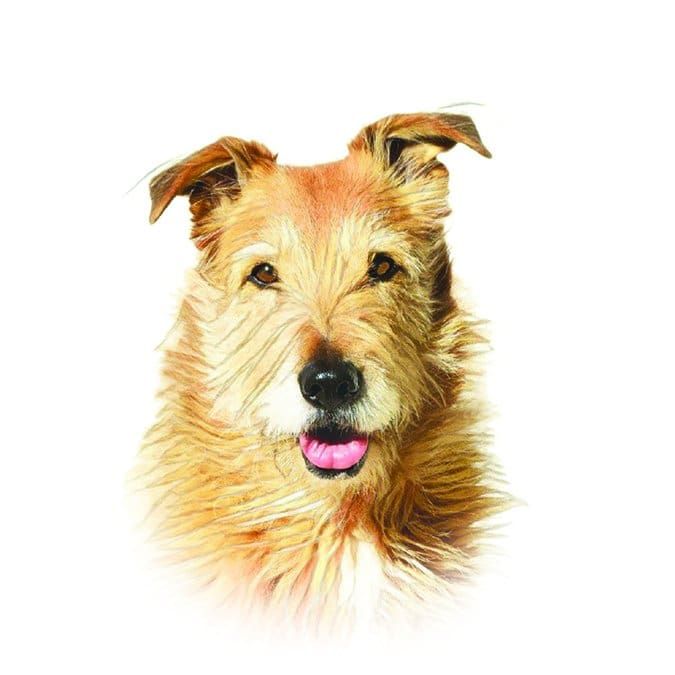INDOOR URINE MARKING: OVERVIEW
1. Employ alert, active supervision of your dog. Any time you are not watching him, use a management tool (such as a crate, gate, exercise pen, or belly band) to prevent him or her from marking.
2. Consider what might be adding to your dog’s stress. Menace from another dog? A lack of structure? A smoke alarm chirp, incessantly warning of a low battery? Remove any stressors you can.
3. Use an enzymatic cleaner on every location that has been “marked.” Your dog’s nose is far stronger than yours, and even the tiniest whiff of urine may serve as a prompt for him to mark again. Use a black light to make sure you haven’t missed any spots that need to be cleaned.
Tinkle, tinkle, little Pug, must you mark upon my rug? Or the side of the couch? Or the leg of the coffee table?
Many dog owners are familiar with a dog’s unwanted usage of “pee mail,” more accurately known as “urine marking.” While this leg lifting is a perfectly normal behavior, “normal” does not mean “acceptable” when it comes to the peaceful cohabitation of humans and canines.
Marking is different from urination; a dog urinates to relieve his bladder of the sensation of feeling full. In contrast, marking does not involve full evacuation of the bladder; instead, the dog releases a small amount of urine as a communication strategy. Urine contains pheromones, chemicals that provide critical information regarding a dog’s age, gender, health, and reproductive status – all very interesting and important olfactory reading if you’re a dog. This is why dogs are so intent on smelling where other dogs have fully eliminated or marked.
Marking is most common in, but not limited to, male dogs, and typically begins at puberty. Depending on the breed (small breeds mature faster than large breeds), this usually happens around six to nine months of age. As male dogs begin to sexually mature, the increased presence of testosterone encourages the signaling of sexual ability and territory marking. Dogs who are neutered around six months of age are less likely to urine mark, or mark less often, compared to intact dogs or dogs who are neutered later. That’s not to say all unaltered dogs mark. As with many things, training goes a long way toward preventing marking among all dogs.

Acceptable Urine Marking
When out in the world, urine marking is like social media. Watch your dog while on a walk. Each time he stops and sniffs, he’s “reading” the canine equivalent of a Twitter feed. Think of your own social media habits. Some posts you quickly read and move on to the next interesting tidbit. Some posts you “like.” Some posts inspire you to post a reply or comment of your own! Well, your dog makes similar choices. So long as he’s using his urine-based social media responsibly, we see no problem with this behavior, as it gives your dog, and those who happen by at a later time, valuable information.
When Urine Marking Becomes a Problem
Marking inside the house is another story. When dealing with an indoor marker, it’s wise to first make sure you don’t actually have a basic housetraining problem. When young dogs, especially young toy- and small-breed dogs (whose bladders are smaller, resulting in less output, and, often, a need to relieve themselves more frequently), are given too much freedom too soon, they may develop the habit of urinating in the house. This is frequently done out of the owner’s sight, causing the owner to believe the dog is house-trained. When the owner finally catches the dog in the act, the dog is labeled a “marker.” In reality, the dog was never properly house-trained.
As a general rule of thumb, until your new dog or puppy has been accident-free for at least a month (and perhaps as long as three full months!), he should not be allowed to roam the house unsupervised. Adhering to this lengthy benchmark goes a long way toward making sure your dog fully understands the “house rules” of toileting habits.
Marking in Multi-Dog Households
Marking is predominantly a stress- and anxiety-related behavior. Indoor marking is more common in multi-dog households because dogs compete for resources: bones, toys, prime lounging spots, access to humans, etc. This competition can be very subtle, and often goes unnoticed by humans. For example, a pointed glance or sudden stillness by another dog in the household – perhaps guarding a toy or a coveted spot – may seem mild to us, but to an anxious dog, might feel like a much more serious situation (perhaps like the difference between someone directing a mild expletive our way versus flashing a switchblade at us at the ATM). Most confident, well-adjusted dogs handle these normal interactions with ease – both in terms of giving and receiving information. Anxious or insecure dogs can struggle, and, as a result, are more prone to marking as an outlet for that stress.
Other Common Urine Marking Triggers
A sudden change in routine, moving to a new home, short- and long-term houseguests, visiting animals, death of a housemate, worrisome noises outside, unexpected encounters on walks, illness, and even re-arranging the furniture are all things our canine friends might find stressful.
Newly adopted dogs often mark in an attempt to create a sense of familiarity in an otherwise completely foreign environment. A dog you’ve had for a while might mark during or following a visiting animal’s stay in the home, or even mark human guests’ belongings when left out, for similar reasons. “This doesn’t smell familiar . . . . Here, let me take care of that.” Marking becomes an attempt to create a sense of normalcy. It’s like putting your favorite family photo on your desk during your first day on a brand-new job. “See! I do belong here. My stuff is here!”
Like people, our dogs get used to things being a certain way, and, just like people, some dogs handle change better than others. Owners frequently report their dogs started marking out of “spite” following a life change.
But spite and vindictiveness are uniquely human emotions. Dogs just aren’t wired that way. Plus, remember that, to dogs, urine (and feces) is a source of extremely useful information. A puddle of urine or pile of poo is like a page one New York Times article; it’s A-1 reading material! Why would your dog leave you such a gift if he was trying to “get back at you” for something? If you had the powerful nose of your canine companion, you’d look to the scent of your dog’s urine to enlighten you about his emotional state. I think we can all agree we’re glad we aren’t dogs when it comes to this habit. Trust your trainer when she says it’s not spite, it’s stress!
Even stressful run-ins away from home can lead to incidents of marking at home, just as a stressful day at work might cause us to reach for a glass of wine as soon as we head through the door.
For example, if your dog is fearful and finds walks stressful, he might not mark during the walk (since doing so would further announce his presence, and fearful dogs largely prefer to blend in, not stand out), but the residual effects of the stress-inducing event might cause him to mark as a coping mechanism once he returns home.
Medical Reasons for Indoor Peeing
Any time there’s a sudden change in your dog’s behavior, it’s wise to rule out underlying medical reasons for the behavior. No amount of behavior modification will overcome a medical condition. If you can’t easily identify the possible stress-related reason for your dog’s behavior change, we recommend a vet visit. A dog with a urinary tract infection (UTI) can experience an almost constant need to “go,” and will often expel small amounts of urine frequently throughout the day.
How to Stop Your Dog’s Urine Marking
Individually and in combination, the following strategies can help stop the marking:
1. Employ management. The first step in correcting a marking issue involves diligent management in an effort to stop the rehearsal of unwanted behavior. Keep a close eye on your dog – no unsupervised time! – so you’re able to immediately interrupt all attempts to mark and redirect his efforts to “go” outside.
When you can’t supervise, consider confining your dog to an x-pen or crate, or use baby gates to create an area small enough to deter soiling. If marking is limited to a specific room, restrict access to the area for at least a month (the same benchmark as housetraining). Some clients report success moving their dogs’ food and water to the problem area, as most dogs won’t mess where they eat. Often, employing diligent management to prevent the behavior is enough to offer long-term improvement.
2. Reduce stress. Identify events in your dog’s life that might create stress. Some stressors can be tricky. For example, many owners think showering their dogs with endless treats while requiring little in terms of basic obedience is a wonderful way to convey love. Unfortunately, a lack of basic structure often contributes to anxiety, especially in multiple-dog households. While I’m not a fan of rigid “leadership” protocols, I believe dogs do best when taught a basic skillset designed to create a working partnership with their humans, whose job it is to ensure the well being of everyone in the household.
If marking mostly happens when you aren’t home, your dog might be anxious being alone. Be sure to keep departures and arrivals low-key to reduce the tension of an already emotional event for your dog. Teaching your dog to accept time away from you – even when you’re home – can also help reduce anxiety when you leave. (See “Separation Anxiety in Dogs: Symptoms and How to Modify the Behavior,” (October 2016), for more information about separation anxiety and isolation distress.)
Also, be mindful of potentially scary noises that might be causing anxiety – for example, the ear-piercing back-up beep of the garbage truck on trash day. Often, once you’ve identified the trigger, you can successfully counter-condition your dog’s emotional response.
Anxiety can be a tricky issue to overcome. Some dogs respond well to homeopathic remedies or flower essence blends designed to reduce anxiety. Another option is Adaptil, a pheromone-based product available as a plug-in diffuser or a collar. Adaptil products release pheromones involved in the attachment process between a nursing dog and her offspring, offering an olfactory message of comfort and security. In some cases, pharmaceutical intervention might be necessary.
3. Clean soiled areas. Use an enzymatic cleaner such as Nature’s Miracle to thoroughly clean urine spots in the home. Avoid ammonia-based cleaners. Urine contains ammonia, and such products can encourage further marking. If moving into a new home formerly occupied by dogs, consider professionally cleaning or replacing the carpet to reduce your dog’s desire to mark over existing animal scent. If this isn’t possible, use a black light to search for potential problem areas.
4. Consider neutering. While not a guaranteed fix, neutering your dog, especially before he reaches full sexual maturity (12 to 15 months), is likely to reduce or eliminate his tendency to mark by stopping the influence of hormones.
5. Discourage all marking, even outdoors. In some cases, the act of marking becomes a well-practiced habit that remains even after removing environmental stressors or choosing to neuter (especially among dogs neutered later in life). In such cases, I recommend drawing a hard line when it comes to marking, even outdoors. When on a walk, give your dog an opportunity to fully void his bladder, then quickly but casually interrupt all subsequent attempts to leave his calling card throughout the neighborhood. It need not be a dramatic interruption; simply keep walking as your dog attempts to mark, almost like you hadn’t noticed.
(Note: An opposing view holds that thwarting this behavior outside can increase a dog’s stress, especially among anxious dogs. You may have to experiment to learn which approach improves the situation with your dog.)
6. Try a belly band. If you can’t directly supervise or appropriately confine your dog to minimize his marking, a fabric belly band might be helpful. A belly band fits like a tube-top around your dog’s waist, covering his penis. The band often discourages any amount of urination while the garment is on, or, at a minimum, absorbs the urine and protects your home and furniture.
7. Most importantly, don’t punish! Remember that inappropriate marking is a stress response. Calmly interrupting a dog as he’s marking is one thing. Reprimanding him after the fact will make things worse. Unless you intervene as it’s happening, your dog won’t connect your displeasure with his marking. He might look guilty as you reprimand him, but that look is an attempt to appease you in that moment – not because he realizes his marking, which took place however long ago, is unwanted.
Similarly, avoid stern admonishments in situations where he’s likely to mark. “No marking while I’m gone!” or “You leave Grandma’s stuff alone!” will serve only to increase your dog’s anxiety, since he can’t understand your words, but recognizes a harsh, unhappy tone.
Stephanie Colman is a writer and dog trainer in Southern California.


